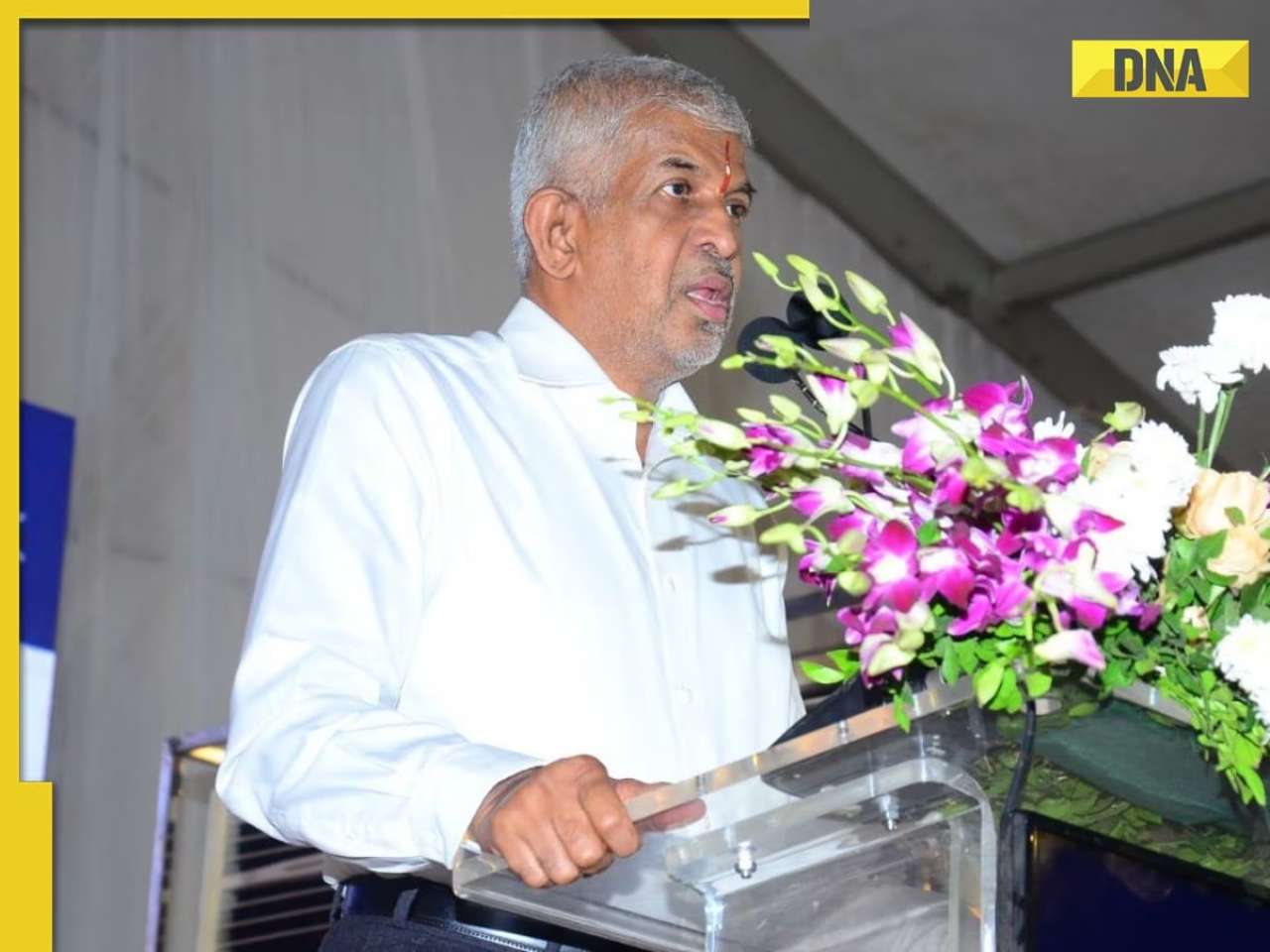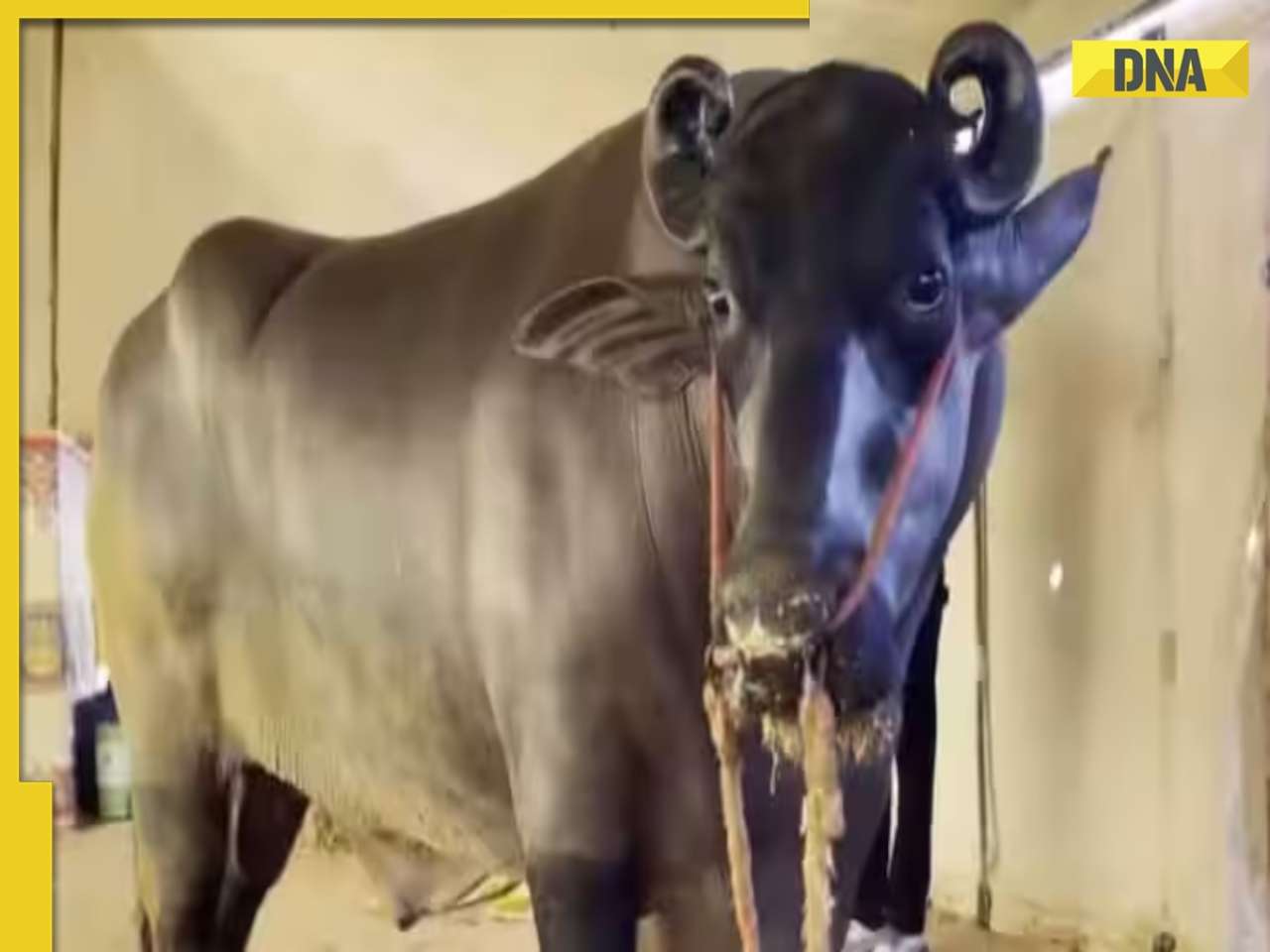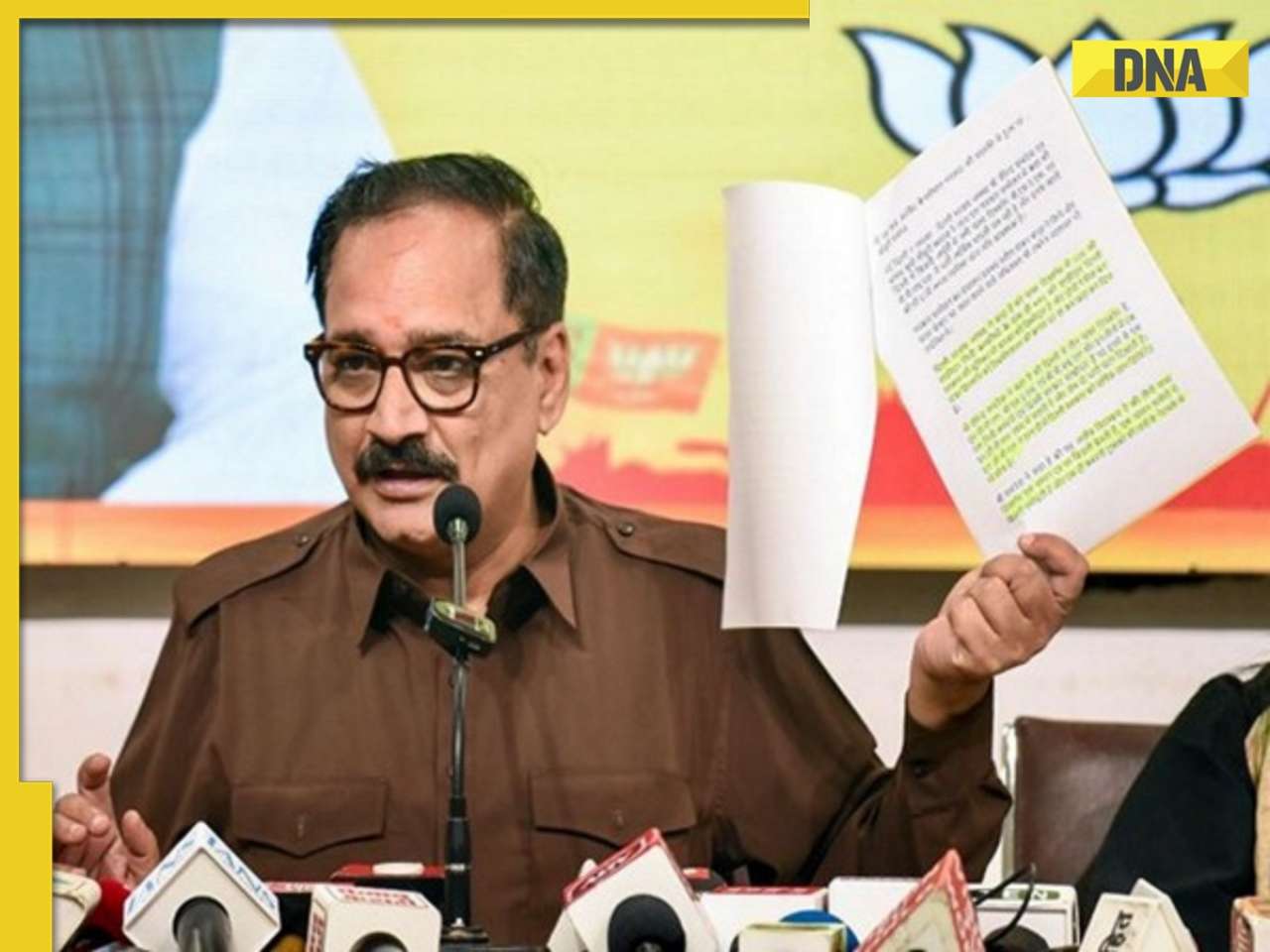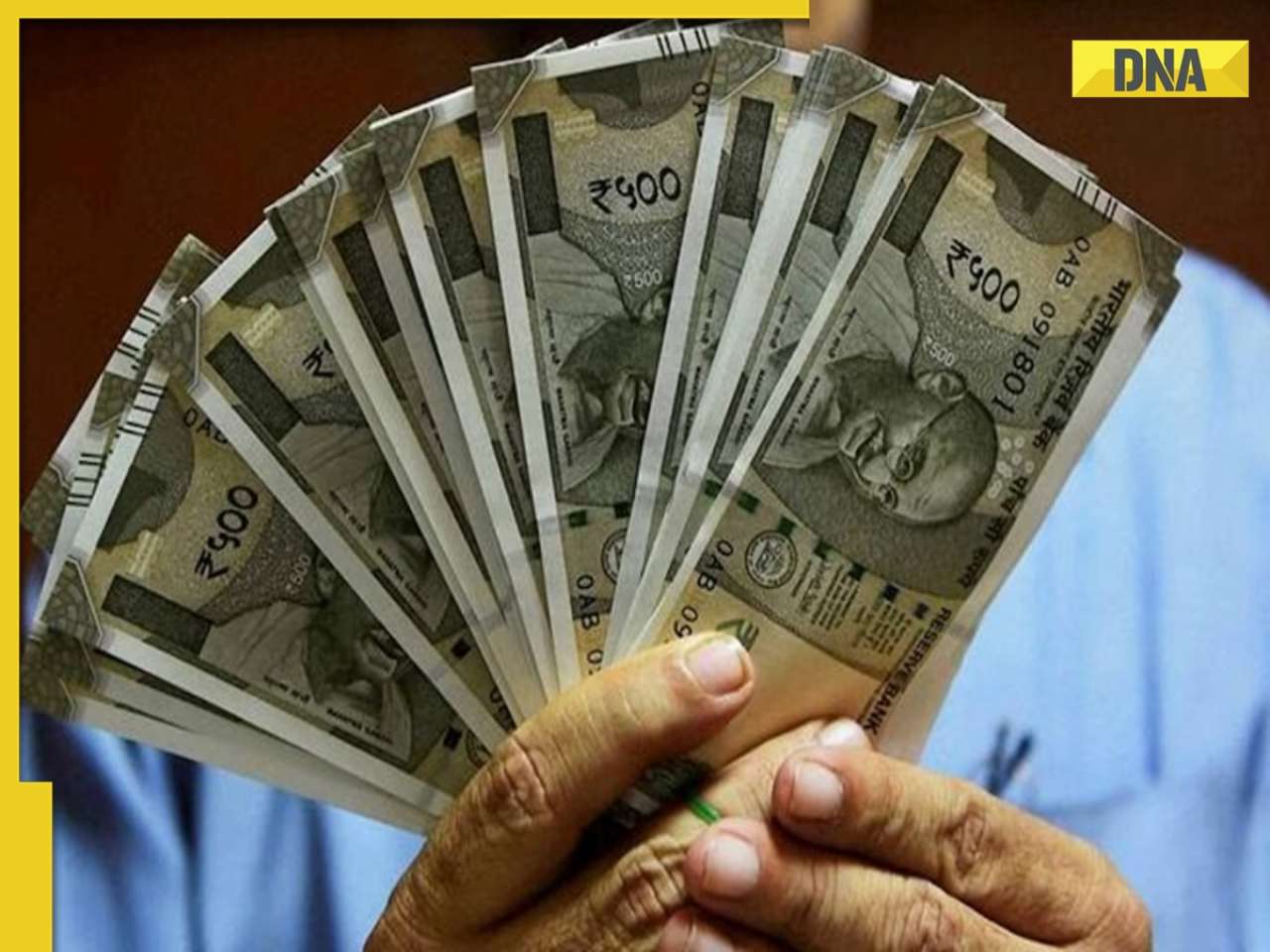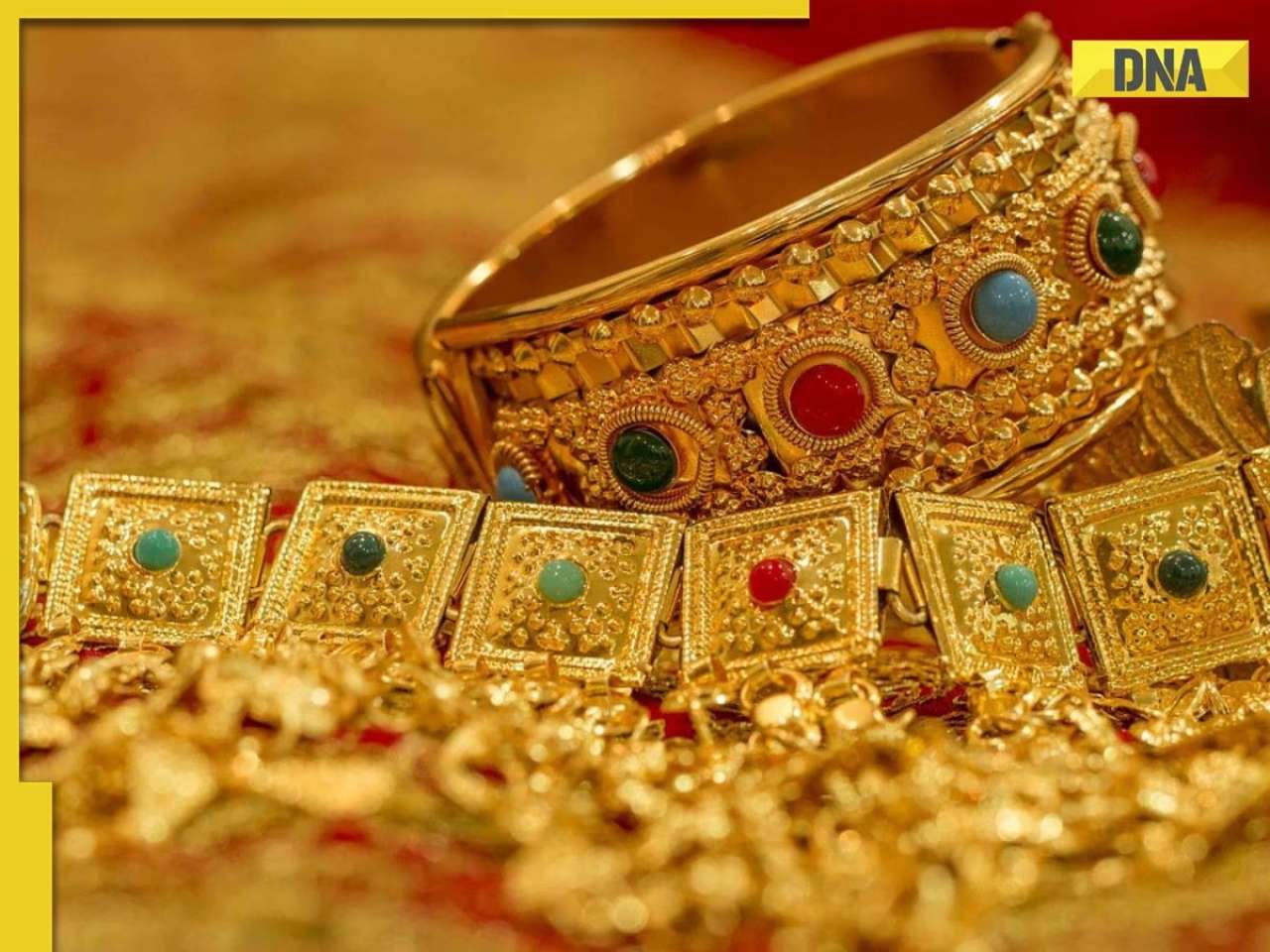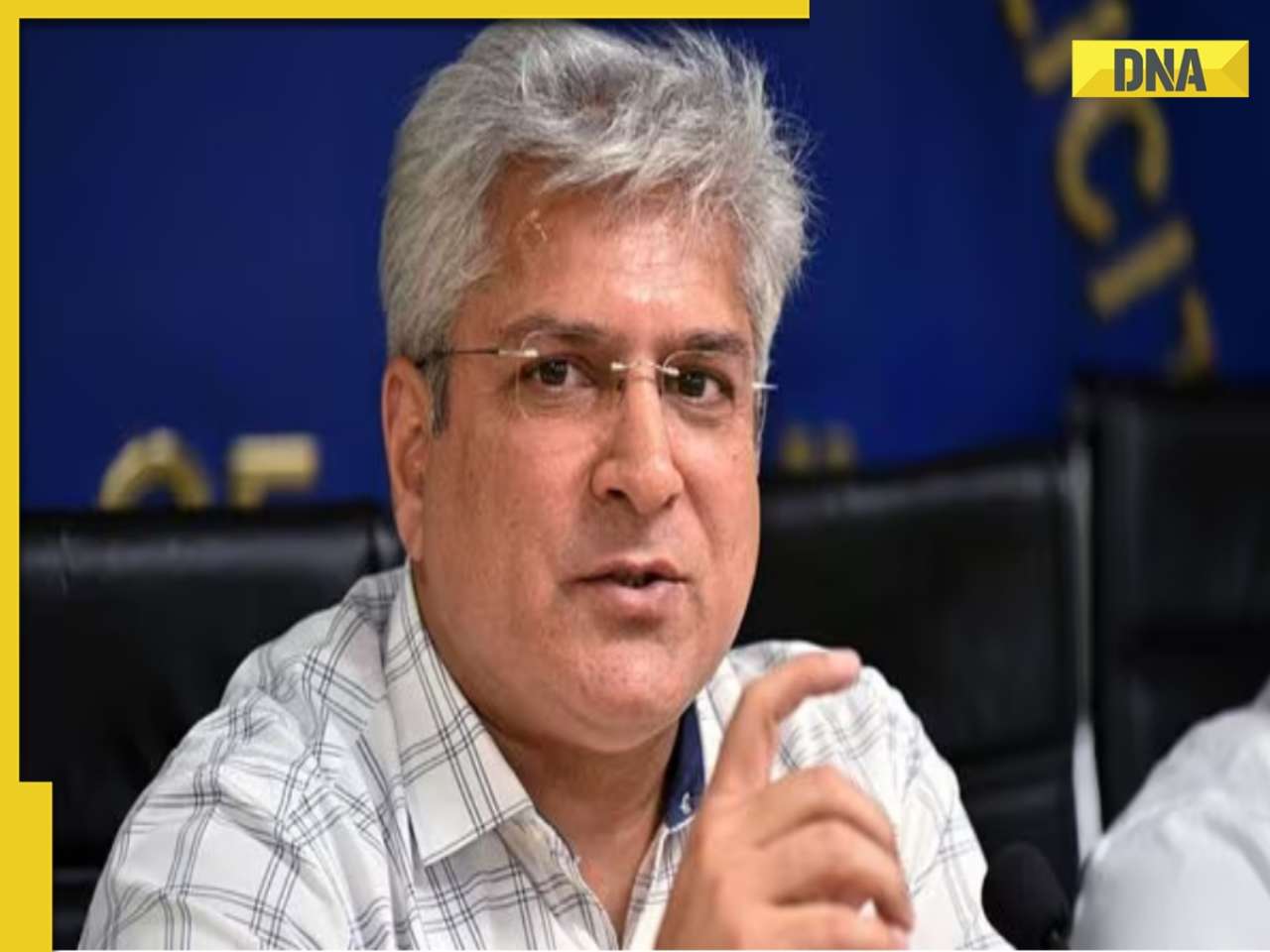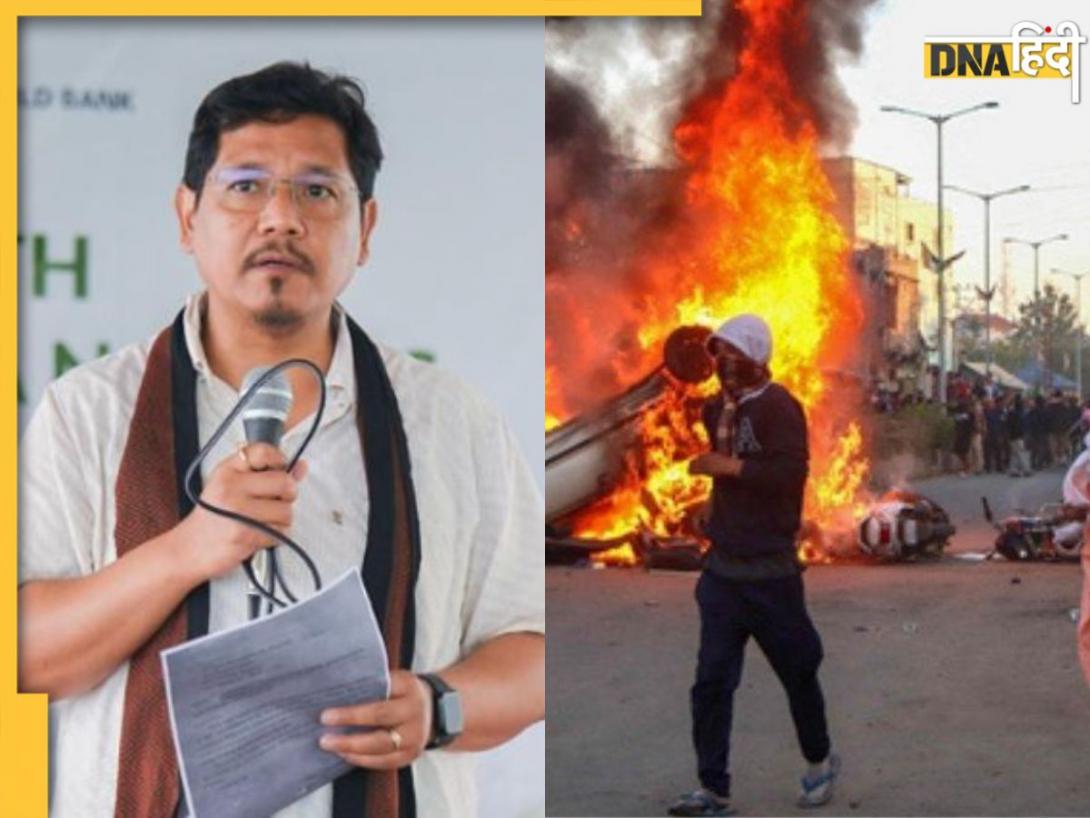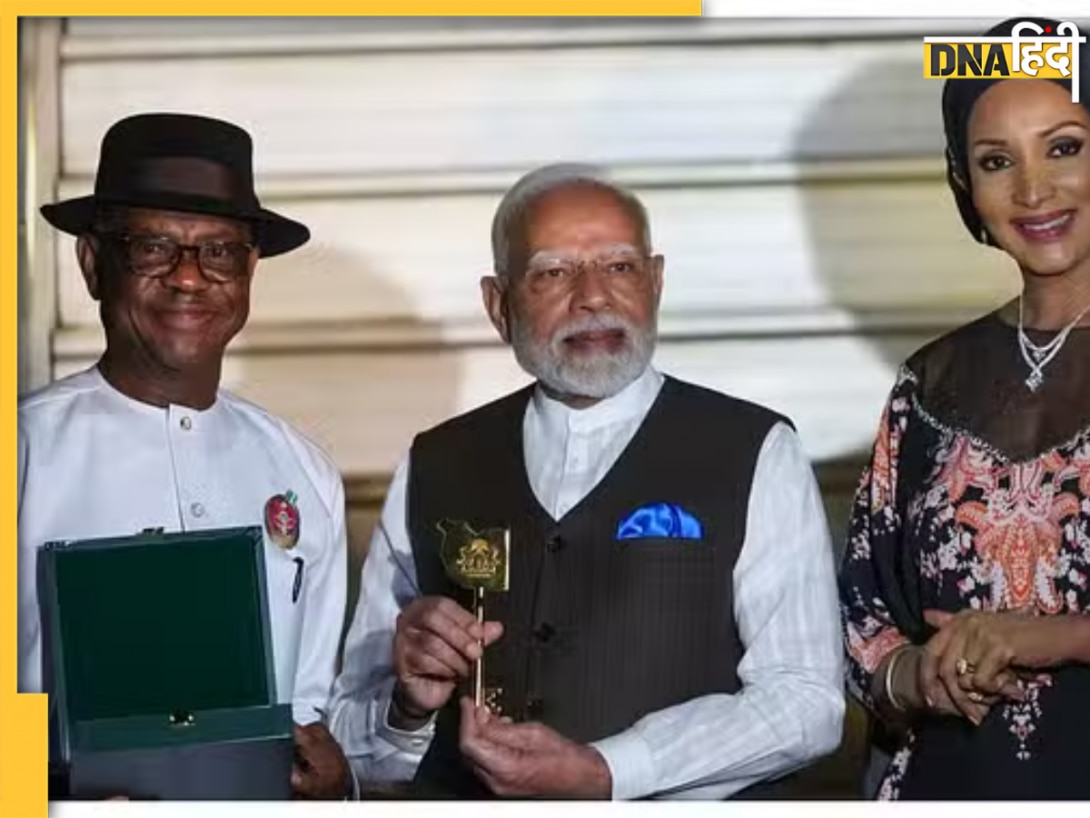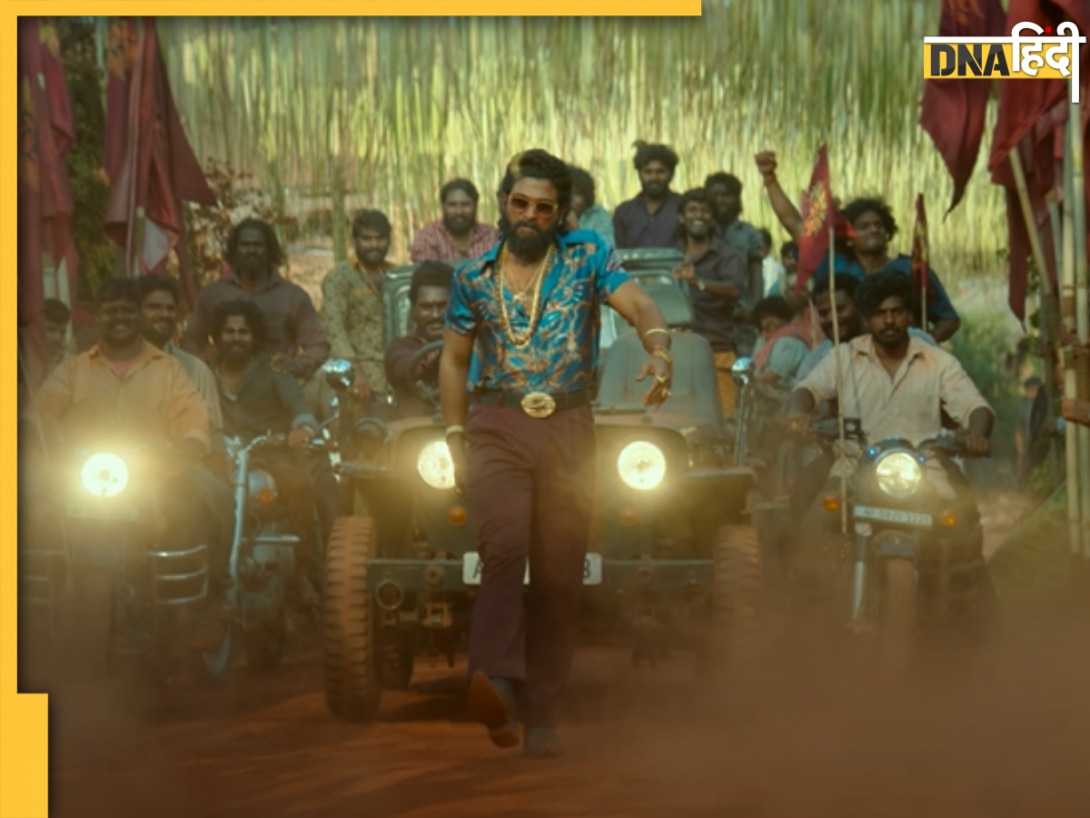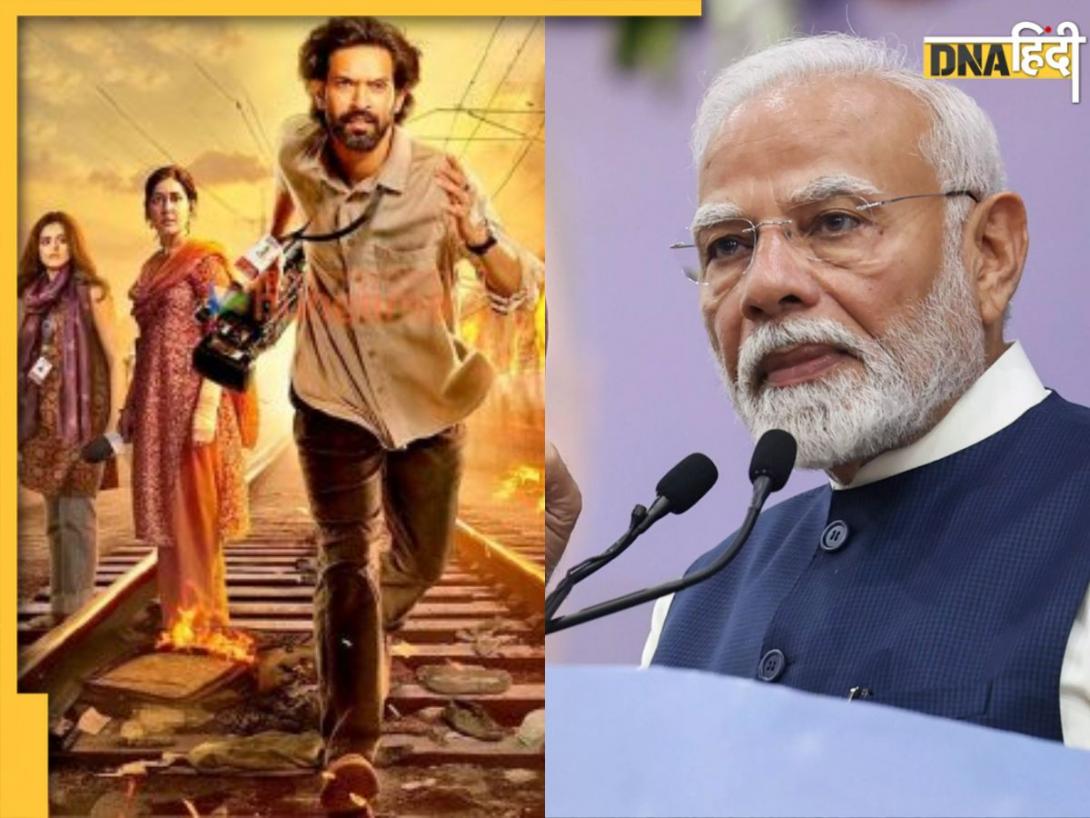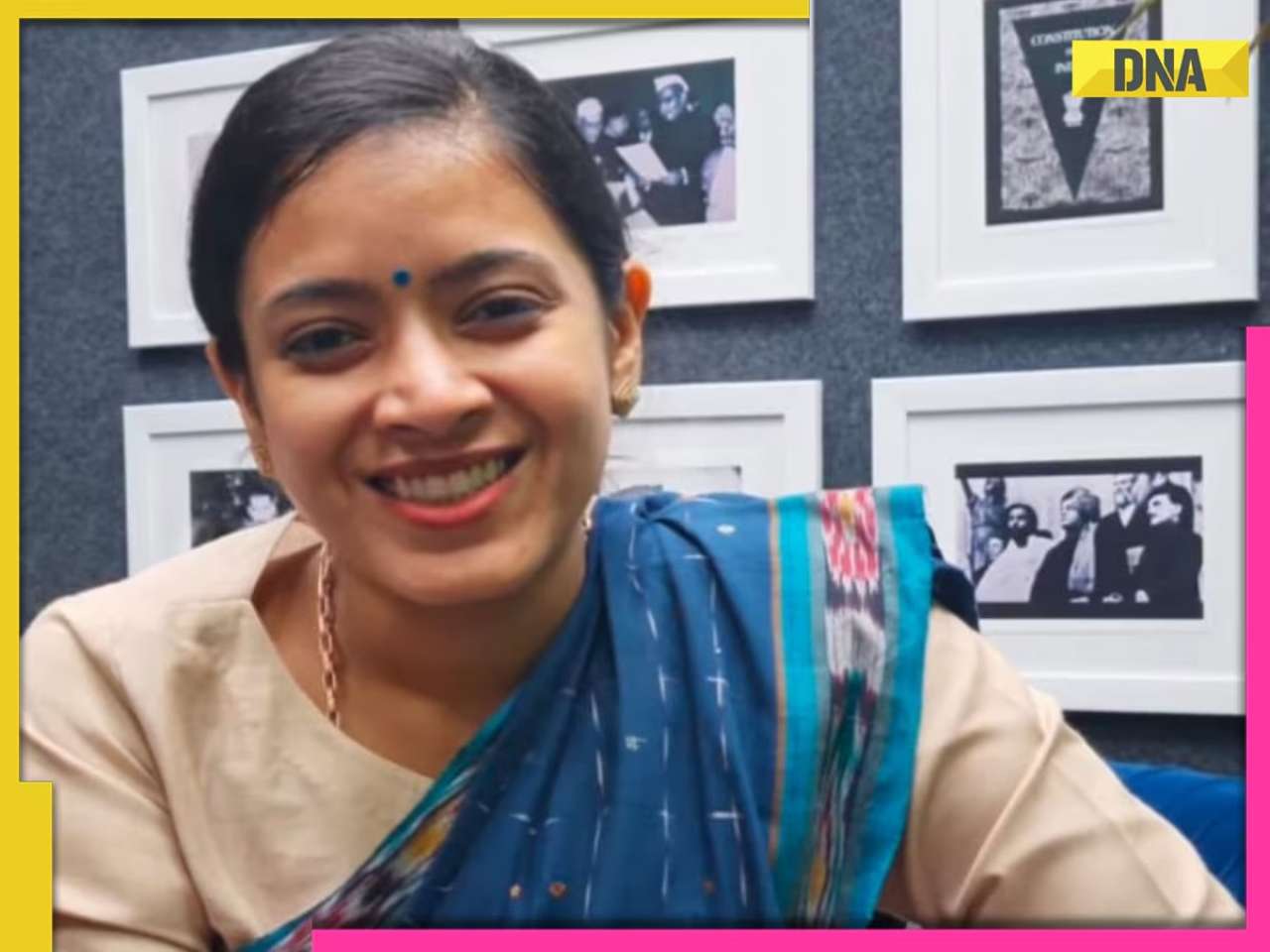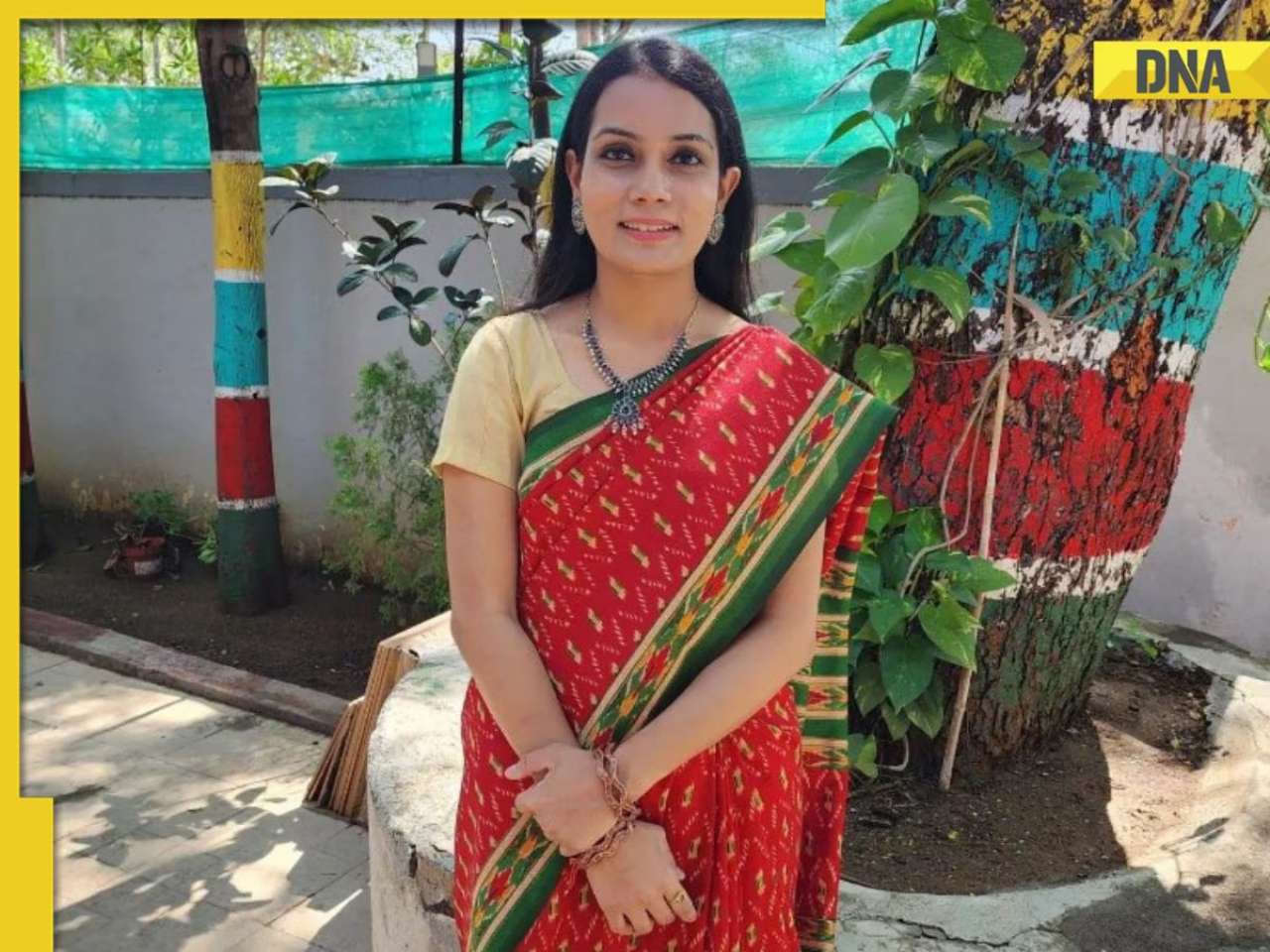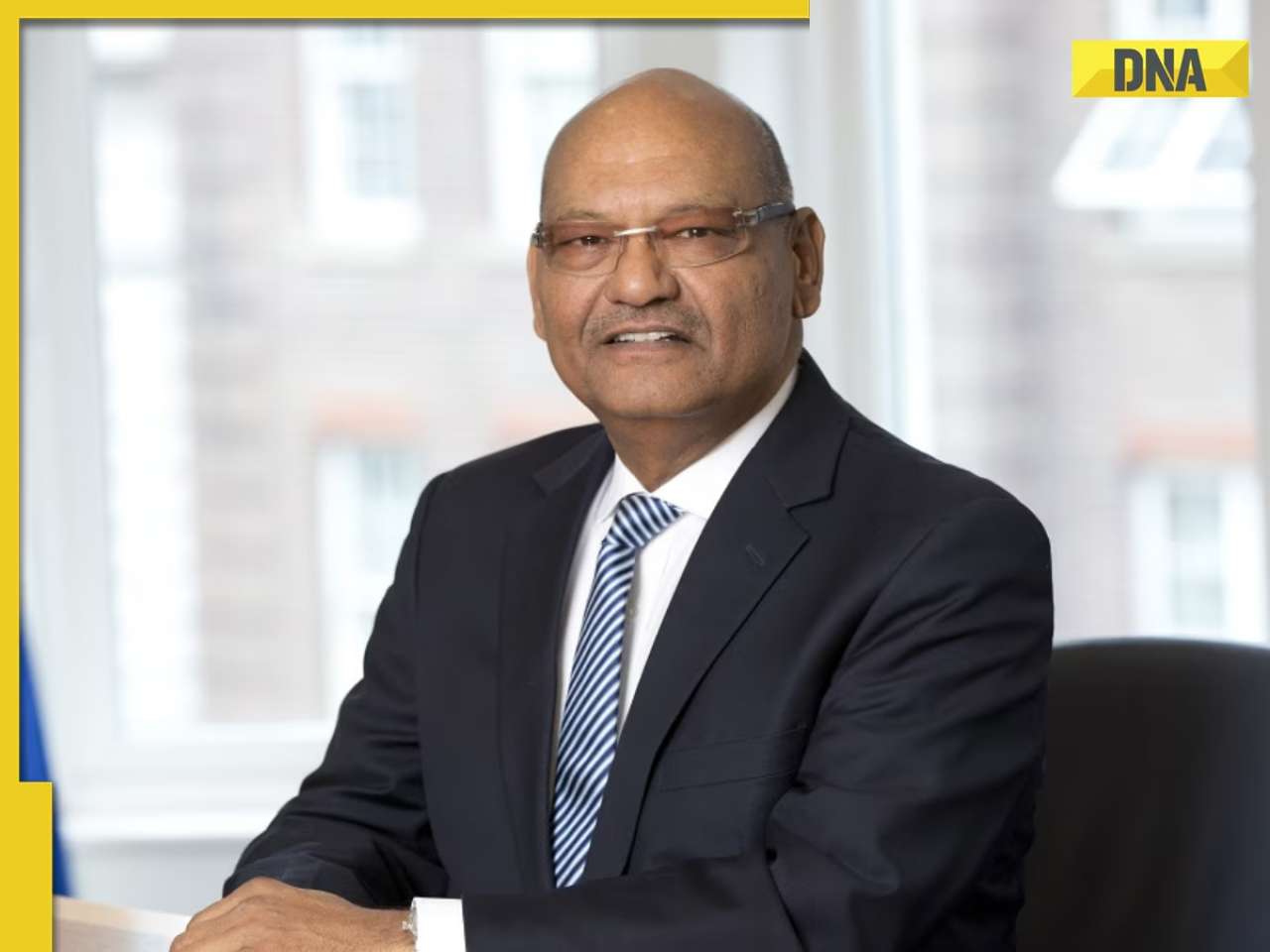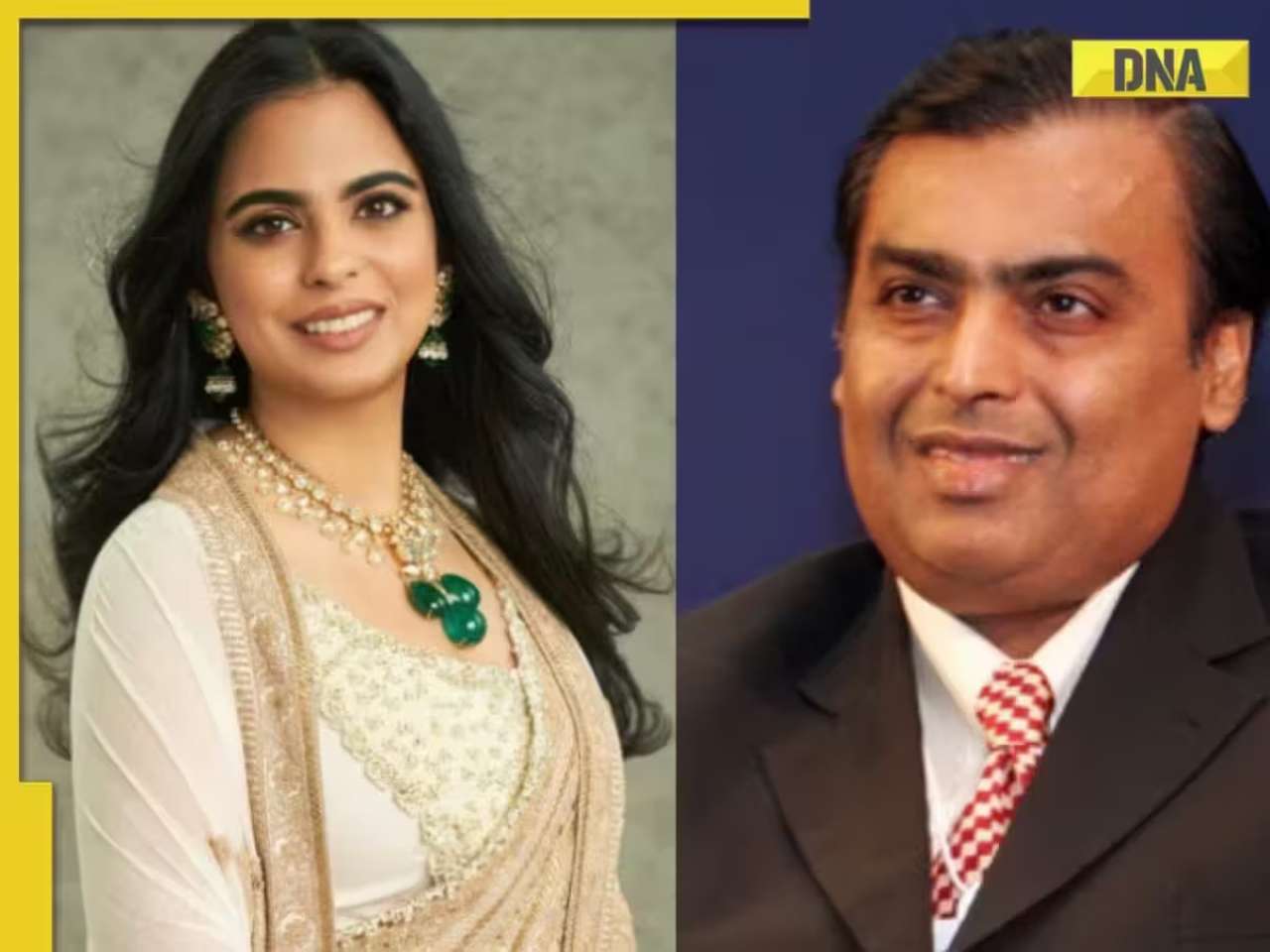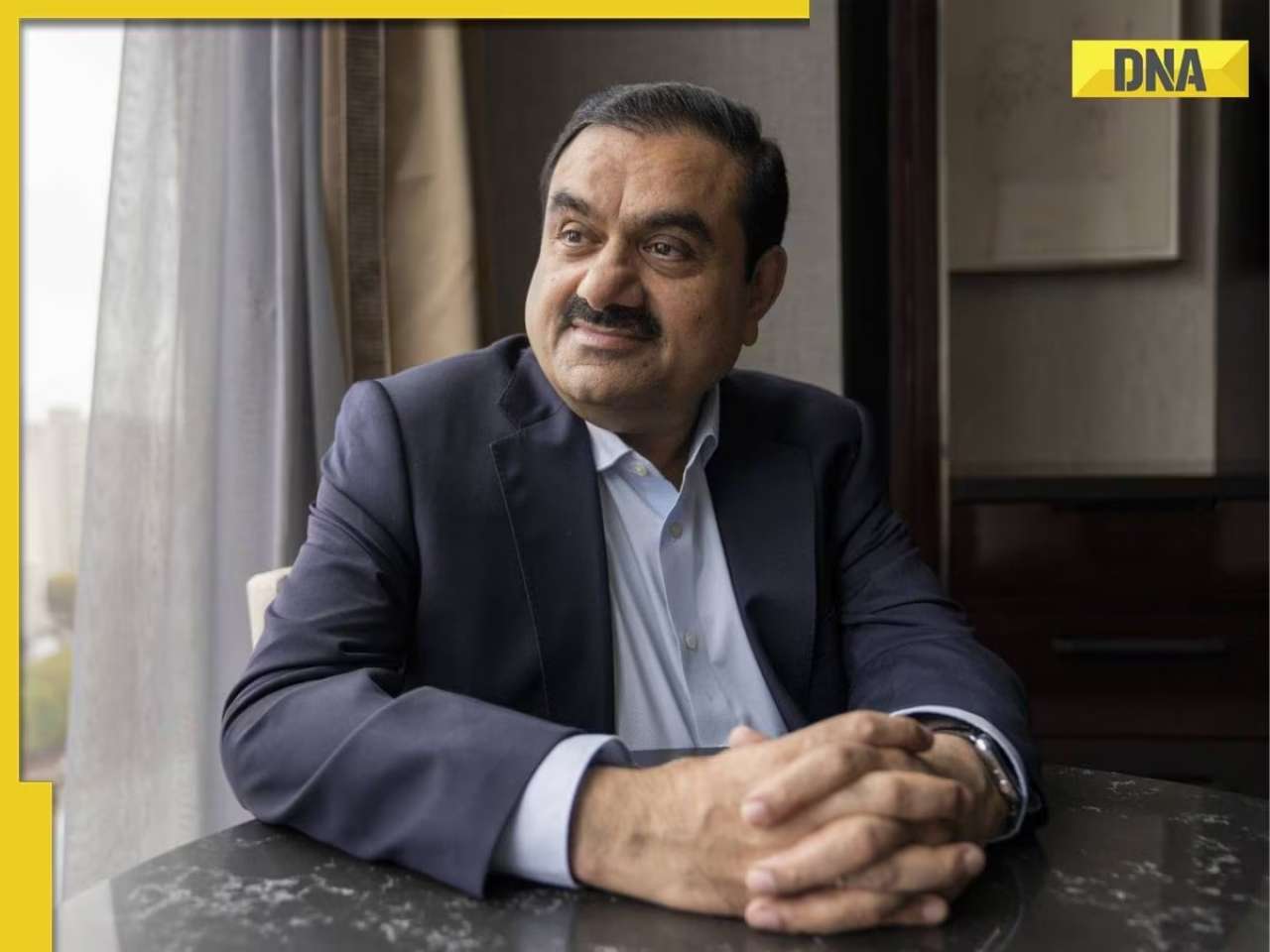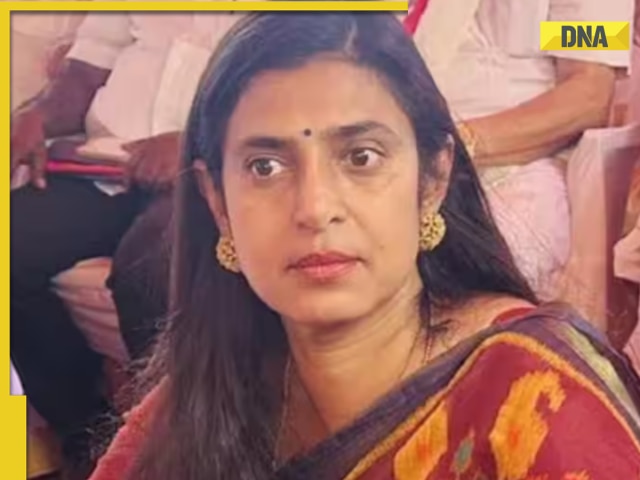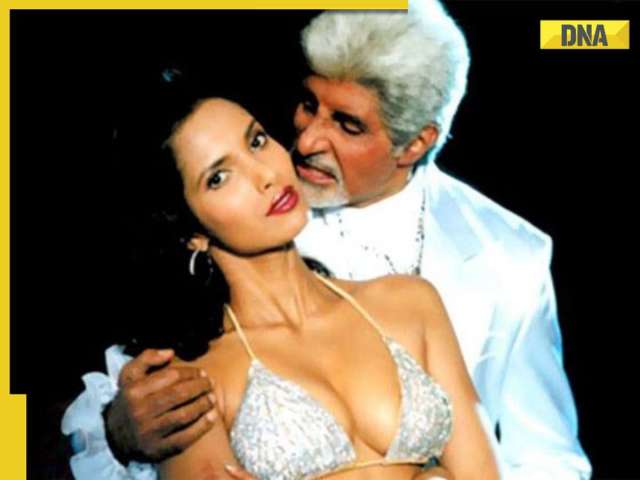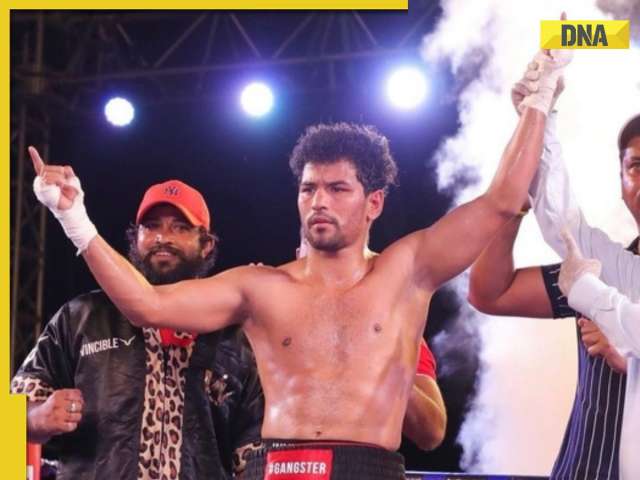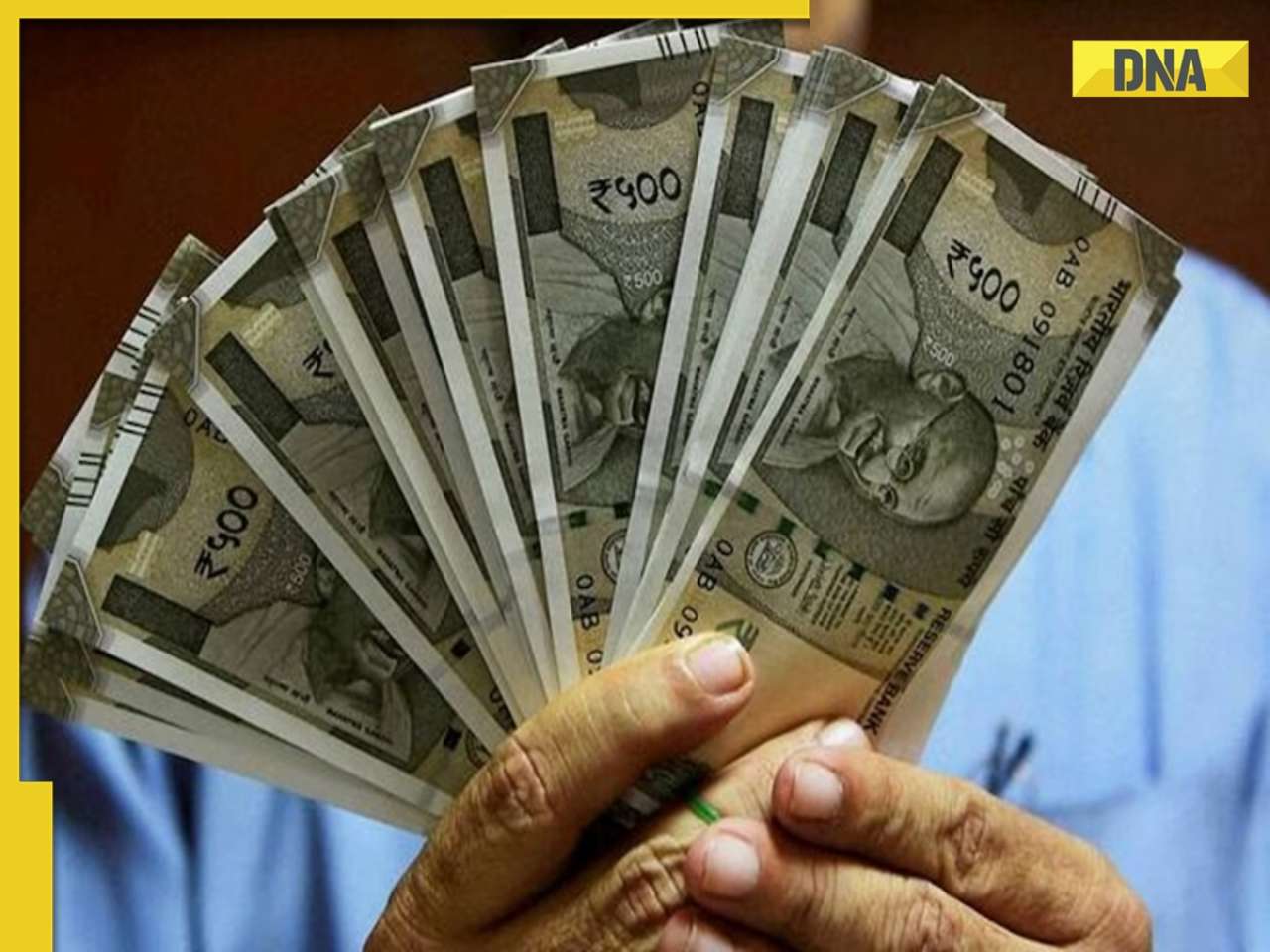- LATEST
- WEBSTORY
- TRENDING
INDIA
Ashok Singhal: The man who shaped the concept of Hindu vote bank
In the passing away of Ashokji, the Hindu movement in the country has lost an iconic leader who shaped its destiny as its most vibrant and forceful proponent.
TRENDING NOW
September 27, 1926 – November 17, 2015
Obituary
Ashok Singhal, the man who literally set the Ganga on fire is no more. He inspired a generation of leaders, politically nurtured them and created a social engineering in the Hindu society that culminated in the creation of a political Hindu, which never was the case in Independent India.
Throughout he remained controversial, but it never diminished his stature in the circle of his admirers or detractors, for he never sought anything for himself. He was a cult figure in every sense, born into a rich Singhal family of Allahabad, an engineer with gold medal (IIT-BHU), a poet, music director and singer, he could have chosen a fabulous life joining his family business. But he chose to become an RSS pracharak, a life of rigorous self renunciation. Ashokji, who was particularly close to Prof Rajendra Singh alias Rajju Bhaiyya, a man of similar eminence took up work of mass mobilisation of Hindus to eradicate casteism, fight religious conversions and modernise religion to make it an effective instrument of political change. He is the man who shaped the concept of Hindu vote bank. Without ever holding any political position or contesting elections, he held massive sway over many political destinies. Prime ministers and chief ministers from BJP to Congress to other parties respected and listened to his views.
Religious leaders from Revered Shankaracharyas, Swami Chinmayananda to Dayananda Saraswati, Swami Ramdev and Sri Sri Ravishankar listened to him because of his pious, saintly persona. When the VHP in Gujarat agitated against the Modi government drive to widen roads removing roadside temples encroaching public land, Ashokji supported the state government and doused the fire. Even controversial Digvijay Singh had no problem in receiving Ashokji with all ritualistic fanfare at his official residence when he was chief minister. During the NDA government at the Centre under Atal Bihari Vajpayee, Ashokji was instrumental in controlling the VHP agitation for a grand temple in Ayodhya.
In the passing away of Ashokji, the Hindu movement in the country has lost an iconic leader who shaped its destiny as its most vibrant and forceful proponent.
He was inducted into VHP in the aftermath of the Meenakshipuram mass conversion in 1981. The VHP organised Virat Hindu Sammelans, along with Dr Karan Singh, all over the country to create an awareness of Hindu unity. This was followed by Hindu Dharma Sansad consisting of the Acharyas and religious leaders from all sects and creed of the Hindu fold modernising and codifying to define what essentially constituted the frontiers of Hindu belief. He followed it up with Ekatmata Yatra where sacred Ganga water was taken to every nook and corner of the country. The central government under Indira Gandhi had tacitly extended its support to the move. But Ashokji became synonymous with the Ramjanmabhumi movement and this made him a great Hindu icon in the 90s. Ashokji's phenomenal popularity at that point made him more popular than even some of the tallest national political leaders. Ashokji was jailed immediately after the pulling down of the controversial Babri structure in Ayodhya on 6 December 1992. The case is still going on.
Ashokji played a major role in the installation of the NDA government in 1998, where he vigorously campaigned for the success of BJP candidates all over the country. His contribution in the BJP coming out victorious in the 2014 election is also well known.
(The author is Member, BJP National Training team and publications)







)
)
)
)
)
)
)
)
)
)
)
)
)
)
)
)





